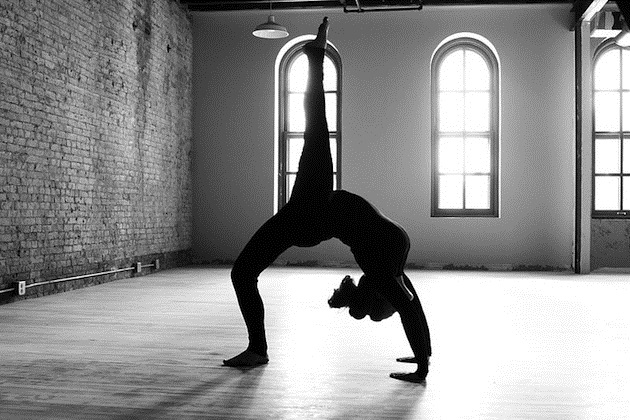Put yourself in the mindset of one of your students. Better yet, think of yourself when you go to class. Are you looking for an experience that involves a lot of talking, complicated transitions, and loud music? Perhaps.
But for many, they are looking for a way to connect through essential movements and deep breathing.
Even in classes that involve upbeat music, challenging poses or complicated transitions, it’s possible to keep the yoga teaching essential. This can actually facilitate the student’s experience because it’s not overshadowed by distractions. As teachers, we have to make decisions about what we say, how we say it, what we present and the environment itself. How we do this can impact how our students will experience the class.
Understand that this idea of “keeping teaching essential” does not mean teaching only the most accessible poses. It touches on a number of things, including:
1. Using Essential Language
Even if your style is more conversational than directive, it can be helpful to speak and say just what you need to say to create the desired action. This means saying exactly what needs to be said and not much more.
Understand that the more you say, the less students will hear. People coming to class are usually pretty overstimulated and it can be overwhelming to hear a lot of instruction. Also, depending on their experience with yoga, the more you say, the harder it may be to come into the pose.
2. Keeping Sections of the Sequence Smooth
Even though you may be dying to share that cool 5-step sequence from your home practice, be sure you can either present it clearly or consider breaking it down into two sections. If it requires you stop the class, demonstrate extensively.
If you notice students tripping over themselves the first time you teach it, maybe it’s better you leave it out or break it into two distinct chunks.
3. Minimizing Distractions
Distractions can begin for people as soon as they come into the studio. Greet them with a clean space, free of props from the class before, appropriate lighting and perhaps music in the background while they are resting before class.
While teaching, have your movements reflect steadiness and calm, even in classes where there is a significant energetic emphasis. Things that can create distractions include fumbling with the sound system or not speaking loudly or clearly enough so students need to strain to hear you.
4. Having An Intention For Your Class Before You Begin
Regardless of how long you’ve been teaching, it can be helpful to decide before class what you will offer. This could refer to the sequence itself, a theme for the class, or the decision to present a standard flow that you’ve used over the years.
5. Setting New Students Up In The Room
It can be a bit overwhelming for studio first-timers to walk into class. If you notice a new student checking in, take a few minutes to say hello and help them set up. Personally, I like to offer to take their mat and put it down for them.
People are usually pretty grateful to have someone do that for them. Also, this will allow you to place their mat in an area of the room where they can see you and other students so they have some perspective – rather than in the front, where they might have little in the way of reference points.
If you don’t see a new student when they come in, you’ll most likely notice them when you begin to teach. If they don’t have props, or the right ones, grab some for them.
6. Starting With A Pose That Creates Stillness And Deep Breathing
Even if your plan for the class is a vigorous practice, start with something that will give everyone a chance to re-group, rest and take a few deep breaths.
8. Allowing Time To Rest in Silence
While classes will all end with rest, it can be helpful to ensure people have time to rest in silence, without music or talking. This is a key component in helping ensure the mind and body has time to integrate what has been done.
If there are students that need to leave class early, encourage them to do so quietly so as not to distract others.
Teaching in an essential way – mindful of what you say, transitions and the sequence and the environment – will not only facilitate a mindful experience for your students, but for you as well.
Even though you’re not practicing, you can also connect to that feeling of being “in the meditation zone” by sticking to the essentials and ensuring a clear, calm presentation of the practice for all.


